Safety Equipment - Safety Equipment Guide
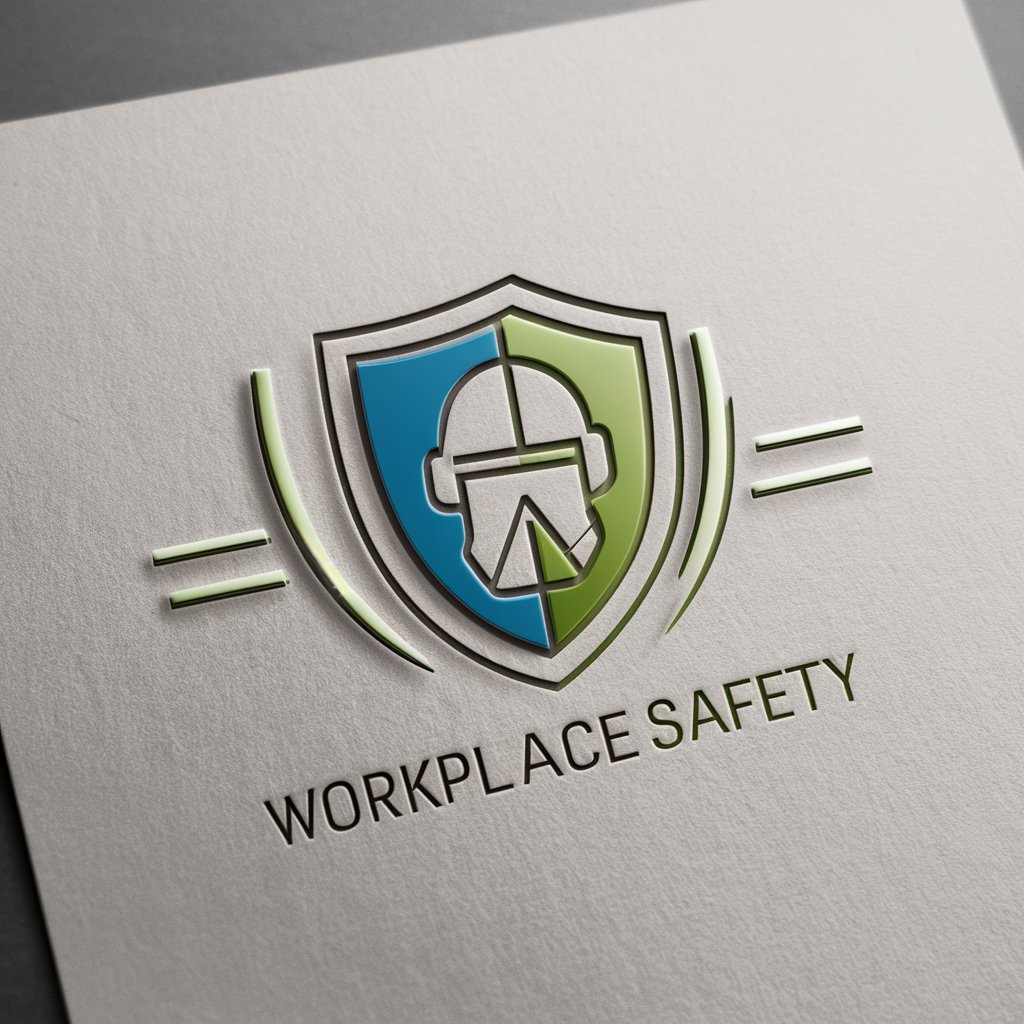
Welcome! Let's prioritize safety and find the best protective gear for your needs.
Empower Safety with AI Insights
What are the essential personal protective equipment (PPE) items for construction workers?
How can employers ensure workplace safety in manufacturing environments?
What are the best practices for maintaining and inspecting safety equipment?
Can you provide guidelines for selecting appropriate safety gear for different industries?
Get Embed Code
Overview of Safety Equipment
Safety Equipment encompasses a wide range of protective gear designed to safeguard individuals from potential hazards associated with their work environment, daily activities, or specific tasks requiring additional safety measures. This includes equipment for head protection (e.g., helmets), eye and face protection (e.g., safety goggles), hearing protection (e.g., earplugs), respiratory protection (e.g., masks), hand and skin protection (e.g., gloves), and body protection (e.g., high-visibility clothing). The primary design purpose of safety equipment is to minimize the risk of injury or harm in environments where hazards cannot be completely eliminated through engineering controls or administrative actions. Examples of scenarios illustrating the use of safety equipment include construction workers wearing hard hats to protect against head injuries from falling objects, laboratory technicians using gloves and goggles to prevent chemical exposure, and firefighters donning protective suits and breathing apparatus to combat fires and hazardous environments. Powered by ChatGPT-4o。

Core Functions of Safety Equipment
Protection from Physical Hazards
Example
Hard hats, safety shoes, and gloves
Scenario
Construction workers use hard hats and safety shoes to protect against head injuries and foot injuries from falling objects, and gloves to safeguard their hands from cuts and abrasions.
Protection from Chemical Hazards
Example
Respirators, protective suits, and safety goggles
Scenario
Chemical manufacturing employees wear respirators to protect against inhaling harmful vapors, protective suits to prevent skin exposure to hazardous chemicals, and safety goggles to shield their eyes from chemical splashes.
Enhancing Visibility
Example
High-visibility clothing
Scenario
Road workers wear high-visibility clothing to ensure they are seen by drivers, reducing the risk of accidents in areas of high traffic or low visibility conditions.
Preventing Hearing Loss
Example
Earplugs and earmuffs
Scenario
Individuals in industries with high noise levels, such as manufacturing or construction, use earplugs or earmuffs to protect their hearing from long-term damage.
Ensuring Respiratory Health
Example
Face masks and breathing apparatus
Scenario
Firefighters use breathing apparatus to protect against smoke inhalation in fire situations, while healthcare workers use face masks to protect against airborne pathogens.
Target User Groups for Safety Equipment Services
Industrial Workers
Individuals working in manufacturing, construction, chemical processing, and similar industries where they face physical, chemical, and mechanical hazards.
Healthcare Professionals
Medical staff, including doctors, nurses, and laboratory technicians, who require protection from biological hazards and contaminants.
Emergency Services Personnel
Firefighters, police officers, and emergency medical technicians who encounter a variety of hazardous situations requiring specialized protective gear.
Laboratory and Research Staff
Scientists and researchers working in laboratories who need protection from chemical, biological, and physical hazards during experiments.
General Public
Individuals seeking protection in daily activities or specific tasks, such as DIY enthusiasts, cyclists, or anyone using protective gear for personal safety against environmental hazards.

Guidelines for Using Safety Equipment Effectively
Start your trial
Initiate your journey towards safety by exploring yeschat.ai, where you can experience a comprehensive safety equipment guide with no requirement for signing up or subscribing to ChatGPT Plus.
Identify needs
Assess your or your workplace's specific safety needs to determine the appropriate equipment. This could range from personal protective equipment (PPE) for individual use to larger safety systems for workplace safety.
Understand the equipment
Familiarize yourself with the safety equipment's functionality, limitations, and proper usage instructions. This includes reading manuals, attending training sessions, and understanding maintenance procedures.
Proper usage
Wear or deploy the equipment according to the instructions. This includes ensuring that personal protective gear fits correctly and that safety systems are activated and functioning as intended.
Regular maintenance
Regularly inspect and maintain your safety equipment to ensure it remains in good working order. This involves cleaning, repairing, or replacing parts as needed, and following the manufacturer's maintenance guidelines.
Try other advanced and practical GPTs
Seafood
Explore the ocean's bounty, powered by AI.

Aria
Master English with AI Tutoring

Made in America
Empowering American craftsmanship with AI
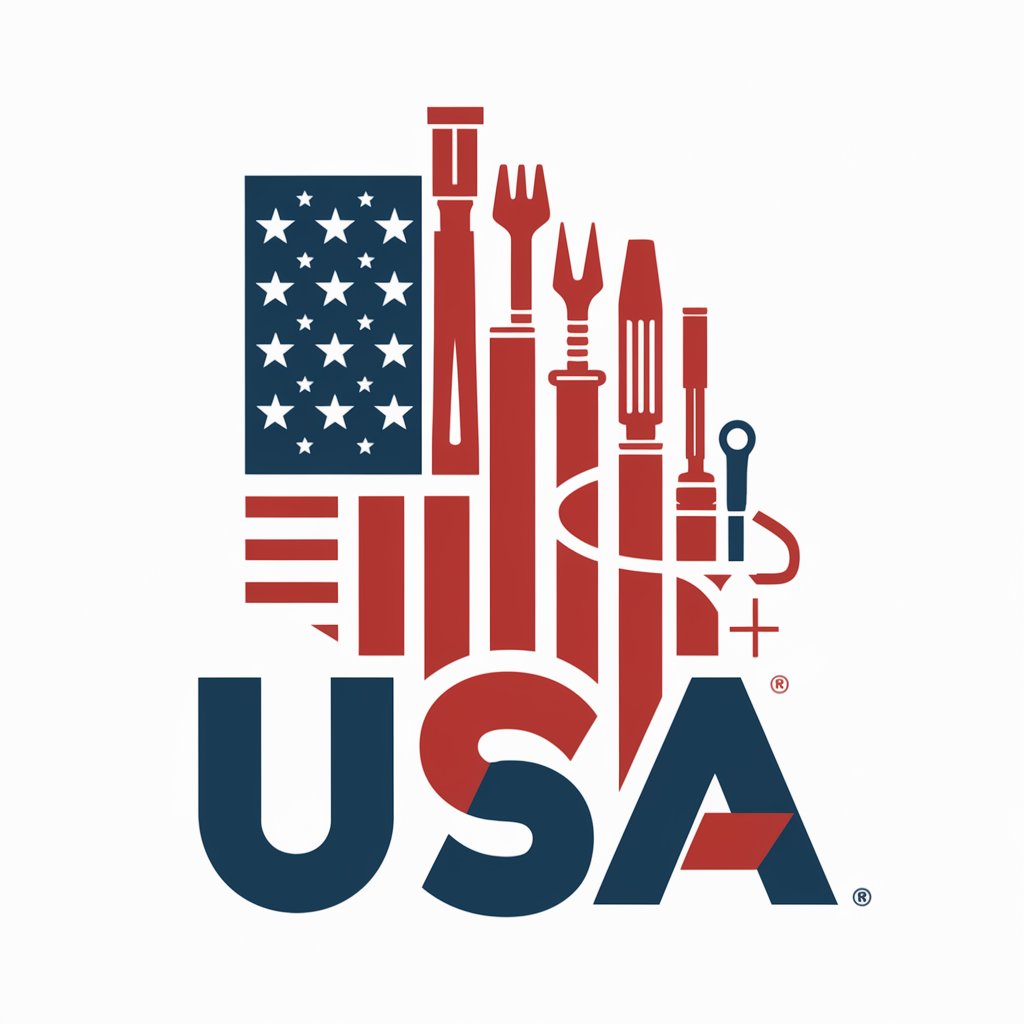
Chairs
Sit Smart with AI-Powered Chair Advice
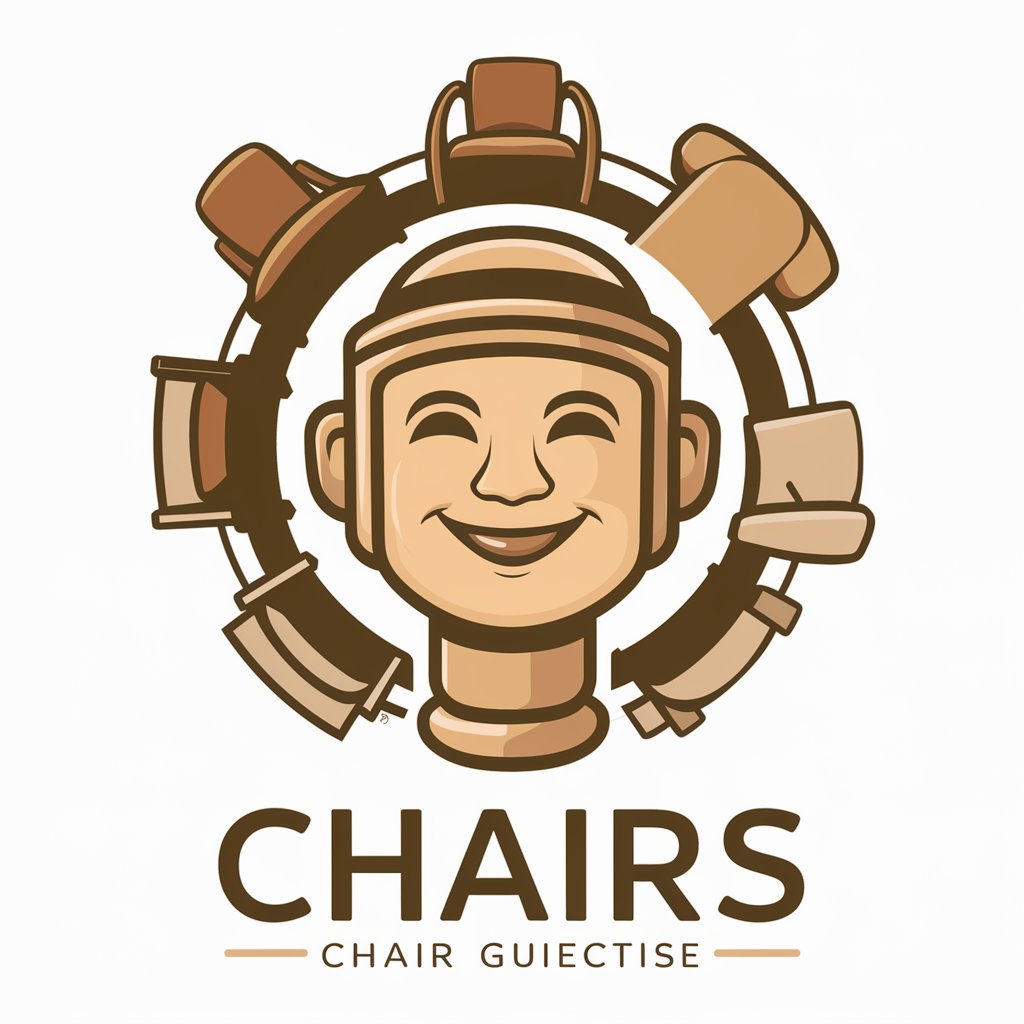
Hiring
Streamlining Recruitment with AI Expertise
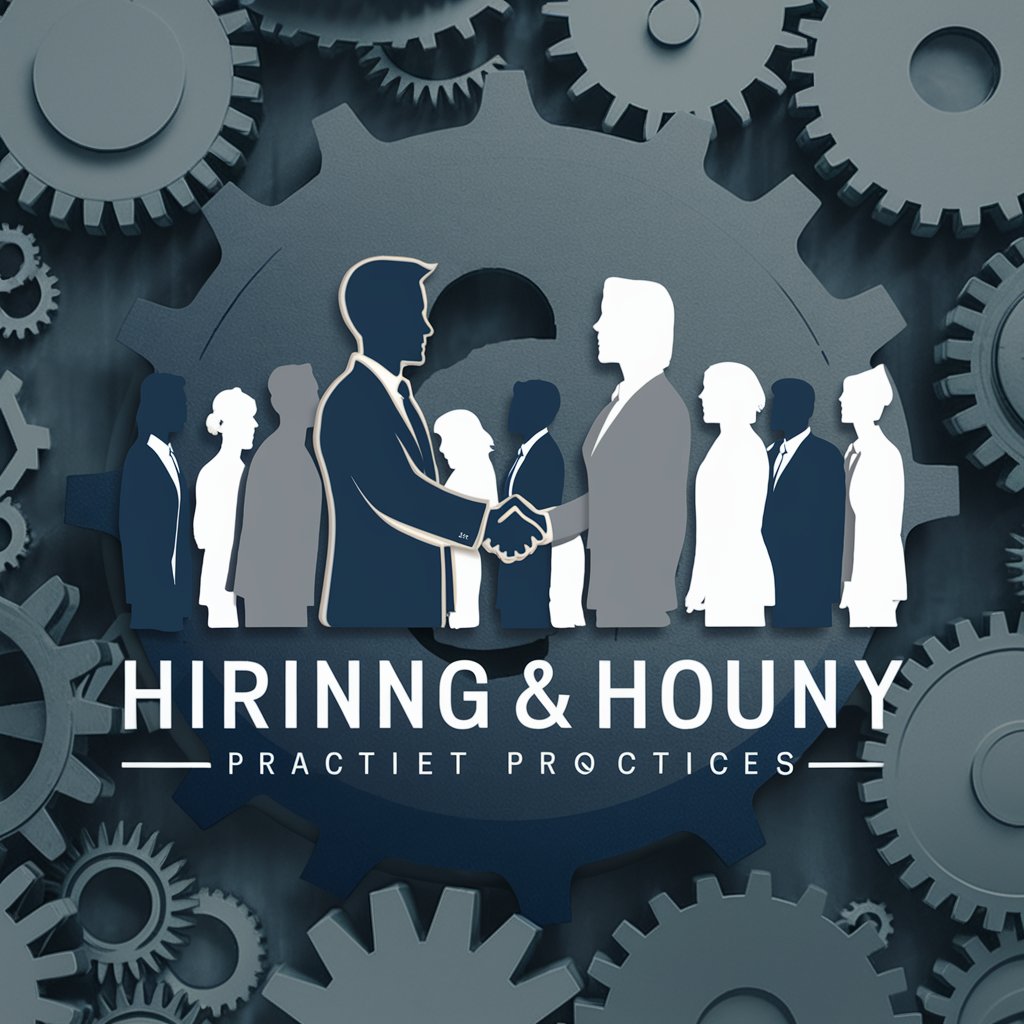
Racket Expert
Master Racket with AI-Powered Guidance

MediVisualizer
Bringing medical concepts to visual life.
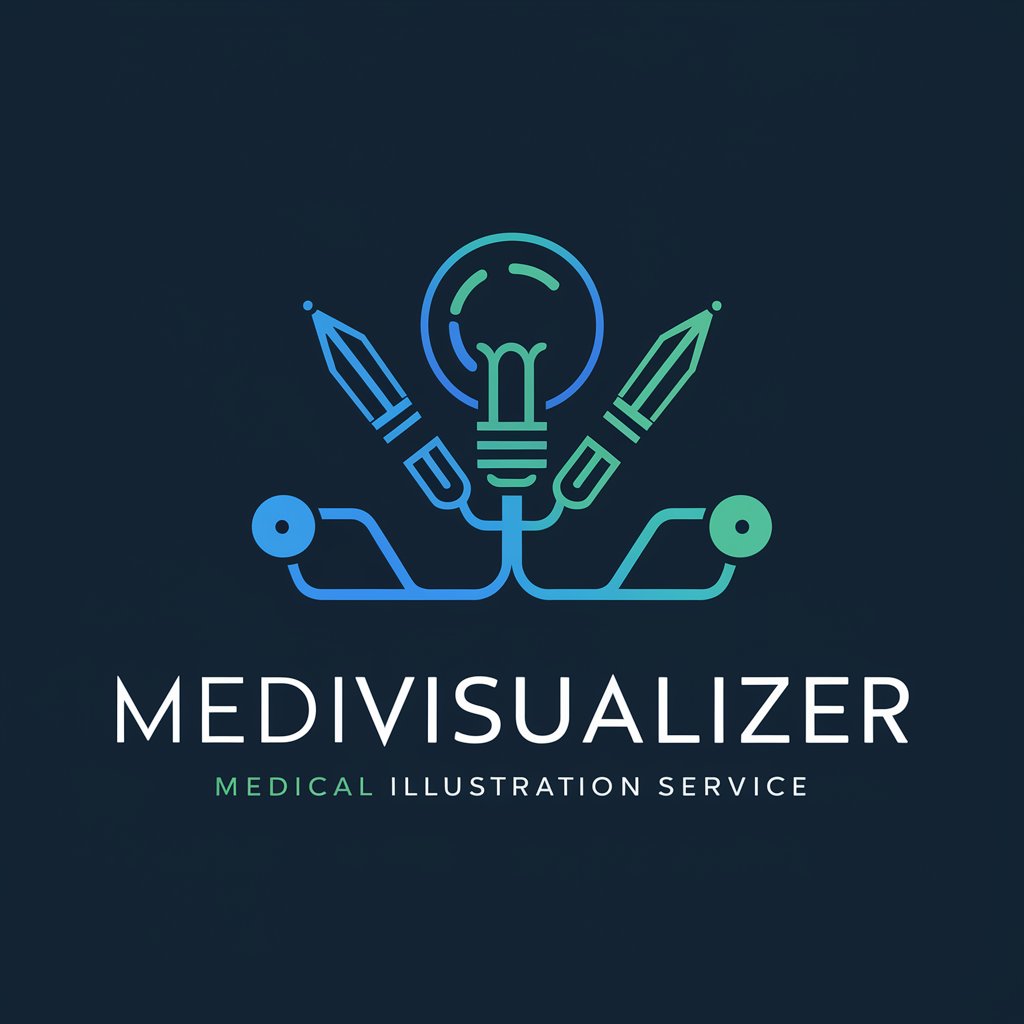
Notion 智能账本
AI-powered Personal Finance Management

科技大师
Empowering Creativity with AI

Risk Management
AI-powered Risk Management Solutions
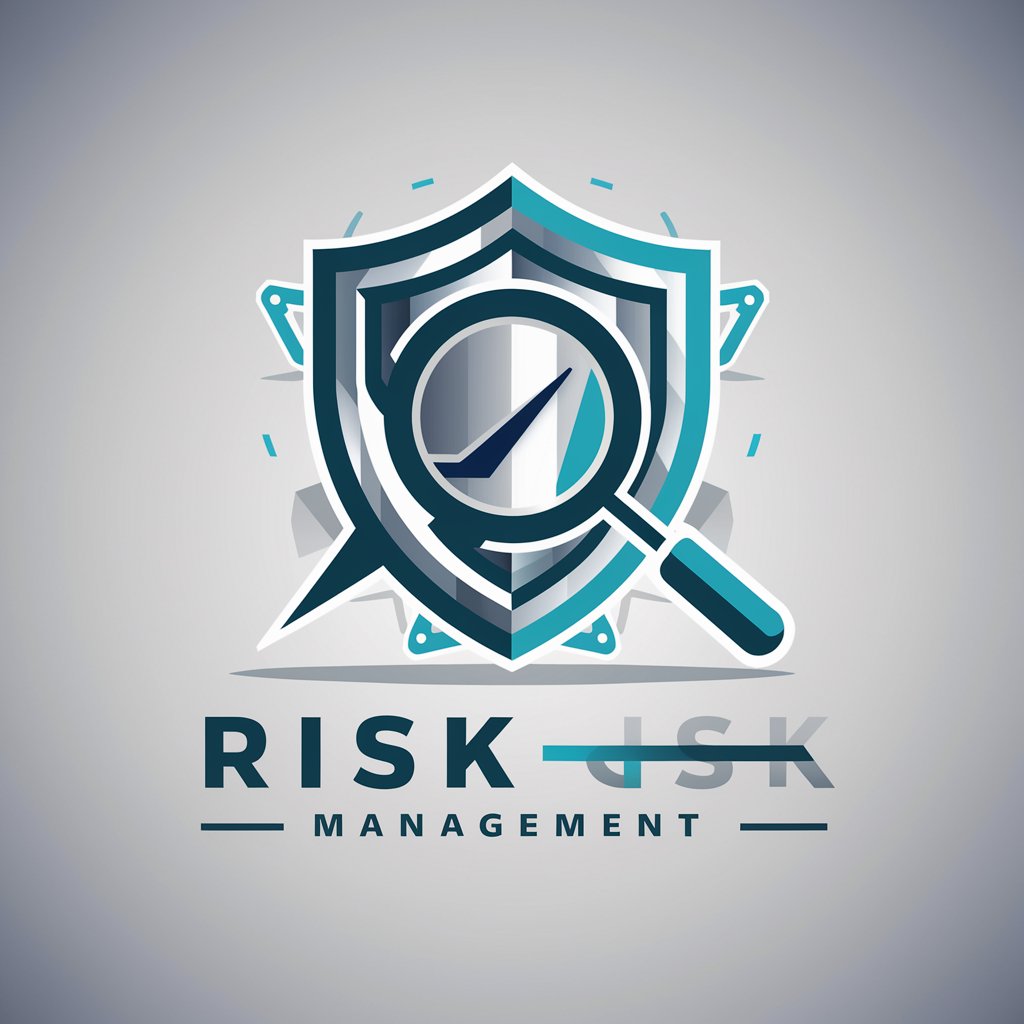
Чат с Дядо Коледа
Bringing Christmas magic to your chat

Lex Office Agent GPT
Empowering Legal Excellence with AI

FAQs about Safety Equipment
What types of safety equipment are most important for workplace safety?
The most crucial types of safety equipment for workplace safety include personal protective equipment (PPE) like helmets, gloves, eye protection, high-visibility clothing, and respiratory protective equipment (RPE), along with emergency response equipment such as fire extinguishers, first aid kits, and spill containment systems.
How often should safety equipment be inspected?
Safety equipment should be inspected regularly to ensure it is in proper working condition. The frequency of inspections can vary based on the equipment type and the manufacturer's recommendations, but a general rule is to inspect before each use and perform a detailed check monthly or quarterly.
Can safety equipment be reused?
Some safety equipment is designed for multiple uses, while others are single-use only. Reusable equipment must be properly cleaned, disinfected, and maintained according to the manufacturer's instructions to ensure its effectiveness and safety.
What should be considered when selecting safety equipment?
When selecting safety equipment, consider the specific hazards it needs to protect against, compliance with relevant safety standards, the fit and comfort for the user, durability, and maintenance requirements. User training and ease of use should also be considered to ensure effective utilization.
How does technology enhance safety equipment?
Technology enhances safety equipment by integrating advanced features such as IoT connectivity for real-time monitoring, wearables that detect and alert users to hazardous conditions, and smart PPE that improves user comfort and compliance. These advancements lead to better protection and more efficient safety management.
